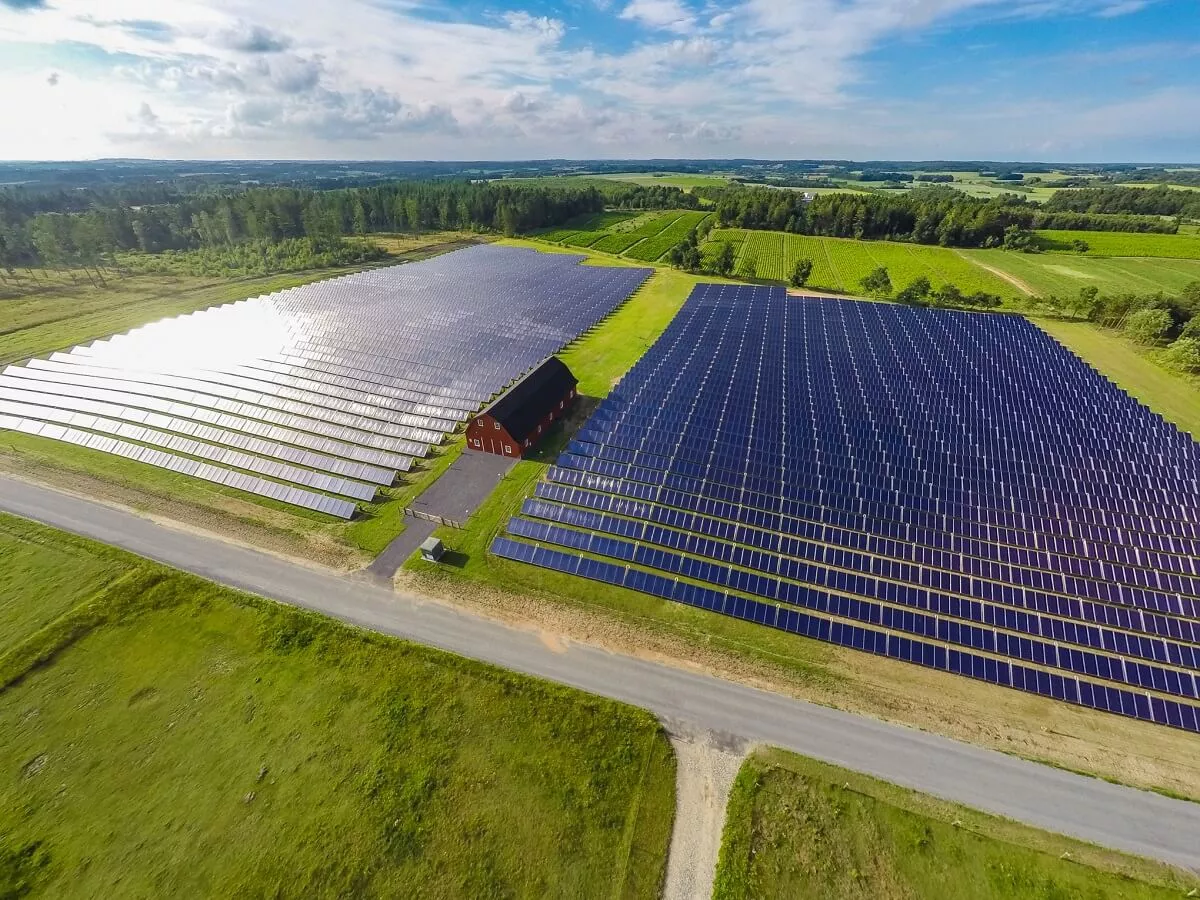Climate action as key priority
It’s the beginning of 2022 and in Denmark the grey, dreary winter season is in full swing across the country. Yet our Nilfisk team at the Hadsund site is in high spirits, basking in the warmth of their new CO2 neutral heating solution that has won them a degree of admiration, and perhaps even a touch of envy, from their colleagues around the world.
Starting in 2019, the 25,000 square meter Hadsund site decided to stop using natural gas for heating, opting instead to join the local, district heating grid. Already in the first year, the site saw a 20-30% cost savings on electricity and heat consumption and a 42% reduction in CO2 emissions, amounting to 380 fewer tons of carbon released into the atmosphere every year.
The move was not a last-minute decision, but rather a change that has been carefully considered ever since the heating grid company made the first approach in 2012. “It just wasn’t the right time then,” recalls John B. Pedersen, head of Hadsund’s Facility Management Team.
2019 marked a change in Nilfisk as climate action formally became a key priority with the announcement to commit to the Science Based Targets initiative with ambitions to reduce Scope 1 and Scope 2 carbon emissions. Also, in Hadsund things had changed.
“First of all, the regional district heating company was now able to offer a 100% green heat solution, with 15% of their heat coming from solar and the remaining 85% from burning biomass. In addition, we were also facing other factors in favor of this option. For instance, natural gas prices had increased, and we had aging natural gas installations that required frequent servicing, leading to maintenance costs that would only increase over time.”


Unexpected side benefits
What John and his colleagues did not expect were all the side benefits that came along with district heating, although these became evident very early on. “With the former heating, we had expenses for circulation pumps and once these were removed, we realized huge savings in electricity which is rather expensive here in Denmark.”
The Hadsund district heat supplier was also able to identify inefficiencies in the site’s heating system that were contributing to higher energy consumption, especially in the summer months. “After we got district heating, our entire heating system was optimized and regulated, and we also no longer have issues with thermostats and valves that get stuck due to dirty water in the heating system.”
The Nilfisk site is also able to return district heating water sufficiently cooled due to the heating grid solution, which essentially means “we are getting green, trouble-free heat at a lower price by switching to district heating,” John says.
Getting the snowball rolling
John acknowledges that not all Nilfisk sites have the option to switch to district heating.
“We hope that our success story can be an inspiration to our colleagues in other sites around the world by showing that solutions to lower CO2 emissions can lead to a win-win for both the company’s bottom line and the climate.”
The Danish team knows that they were lucky to seize the right opportunity at the right time. “What is also noteworthy, however, is that our success has triggered a grass roots movement across the Hadsund site. Colleagues were inspired by the energy savings we achieved, so they are beginning to think of other ways to reduce daily waste and consumption, like more systematic collection of office paper for recycling.”
“Although corporate aspirations provide guidance to management decision-making, it is when all employees fully embrace a ‘green’ mindset as a part of our working culture that our climate goals will be truly sustainable and this is what we are beginning to see here at Hadsund,” says John with a hint of pride in his voice.
Nilfisk has implemented key climate change initiatives across the company in the past few years that have successfully bumped the company up to become one of the top-rated responsible companies in the world today.
No doubt, we plan to hold on to our hard-won top ranking and the Hadsund’s success story will definitely help.



